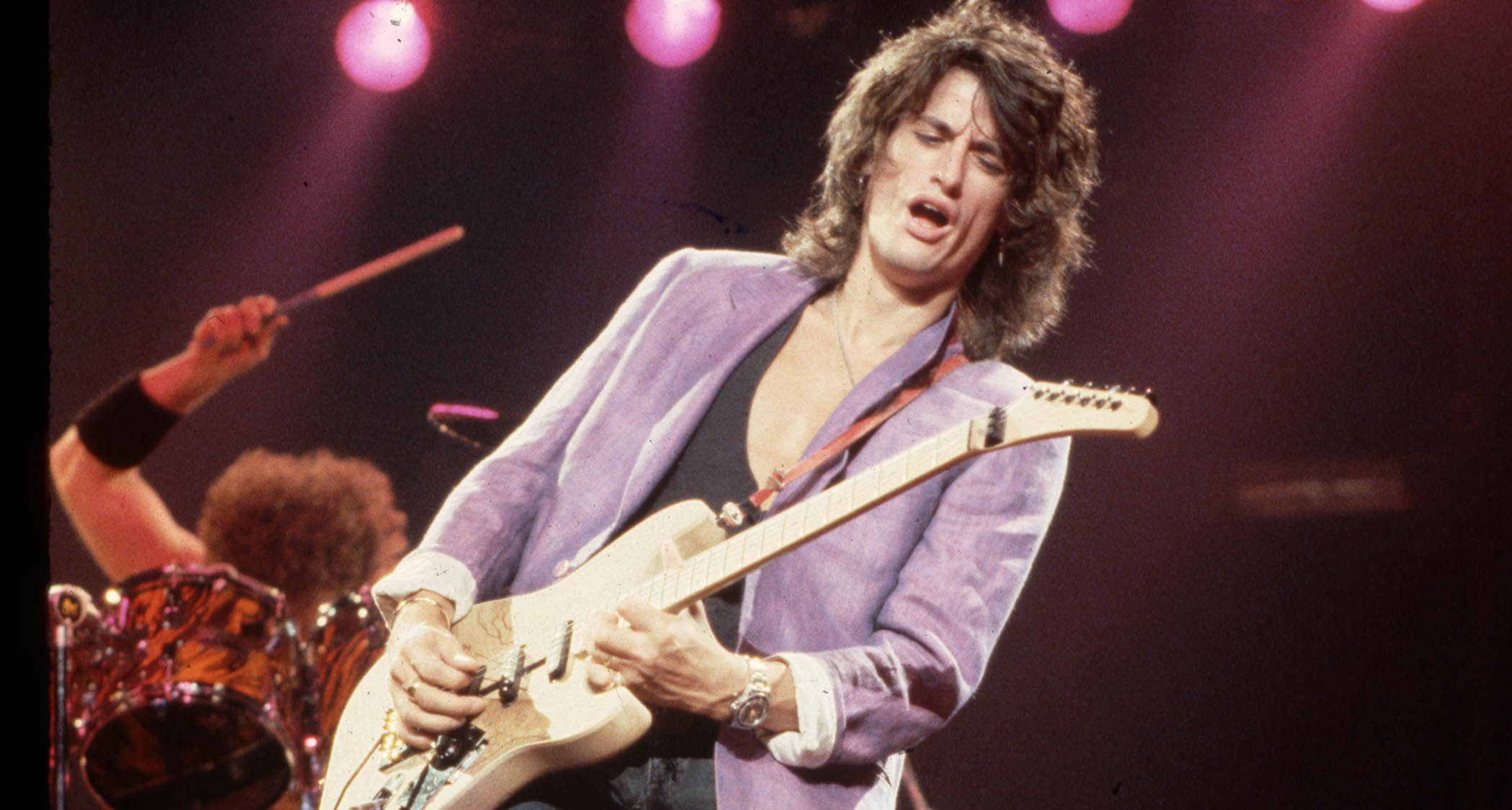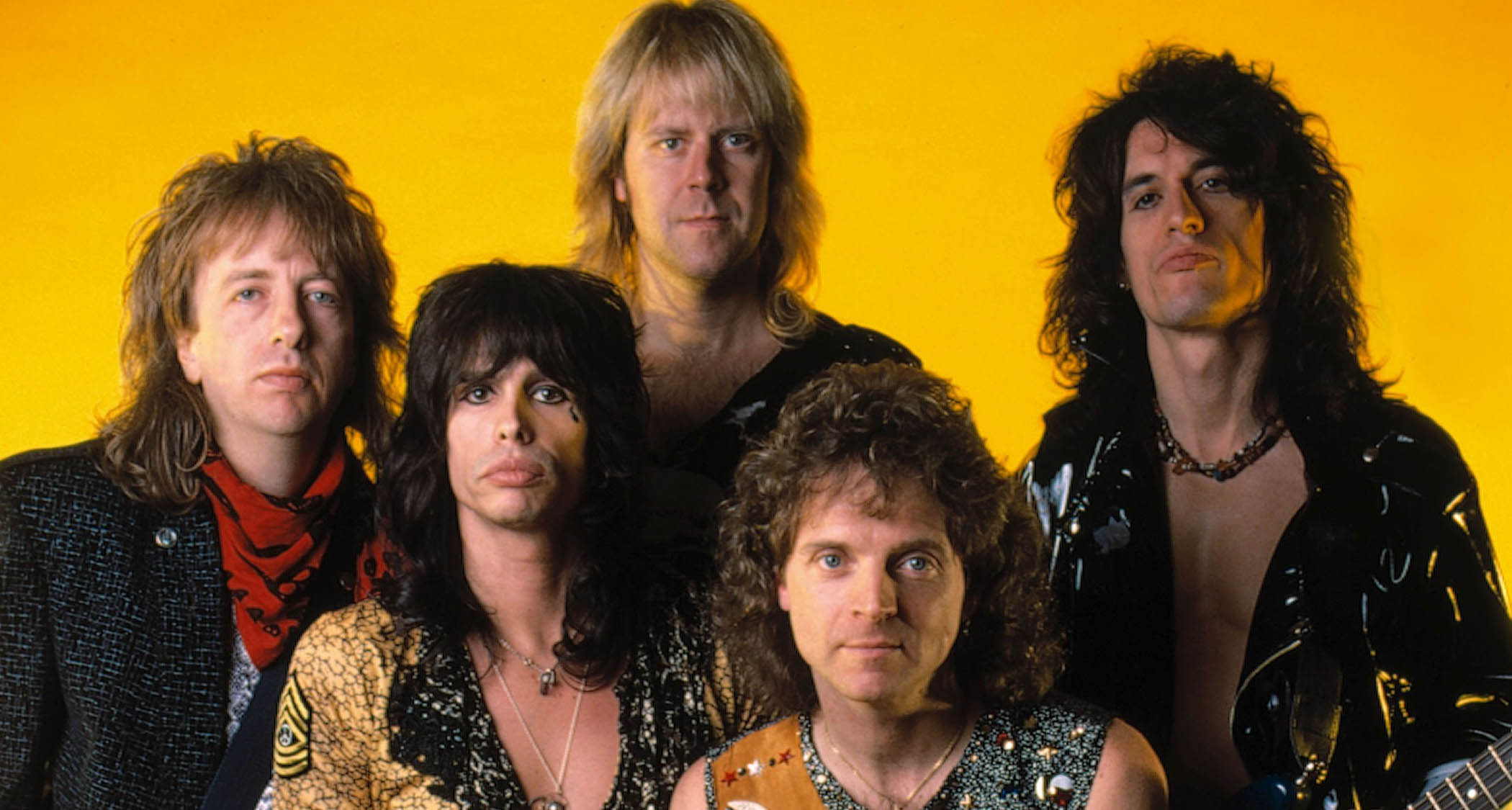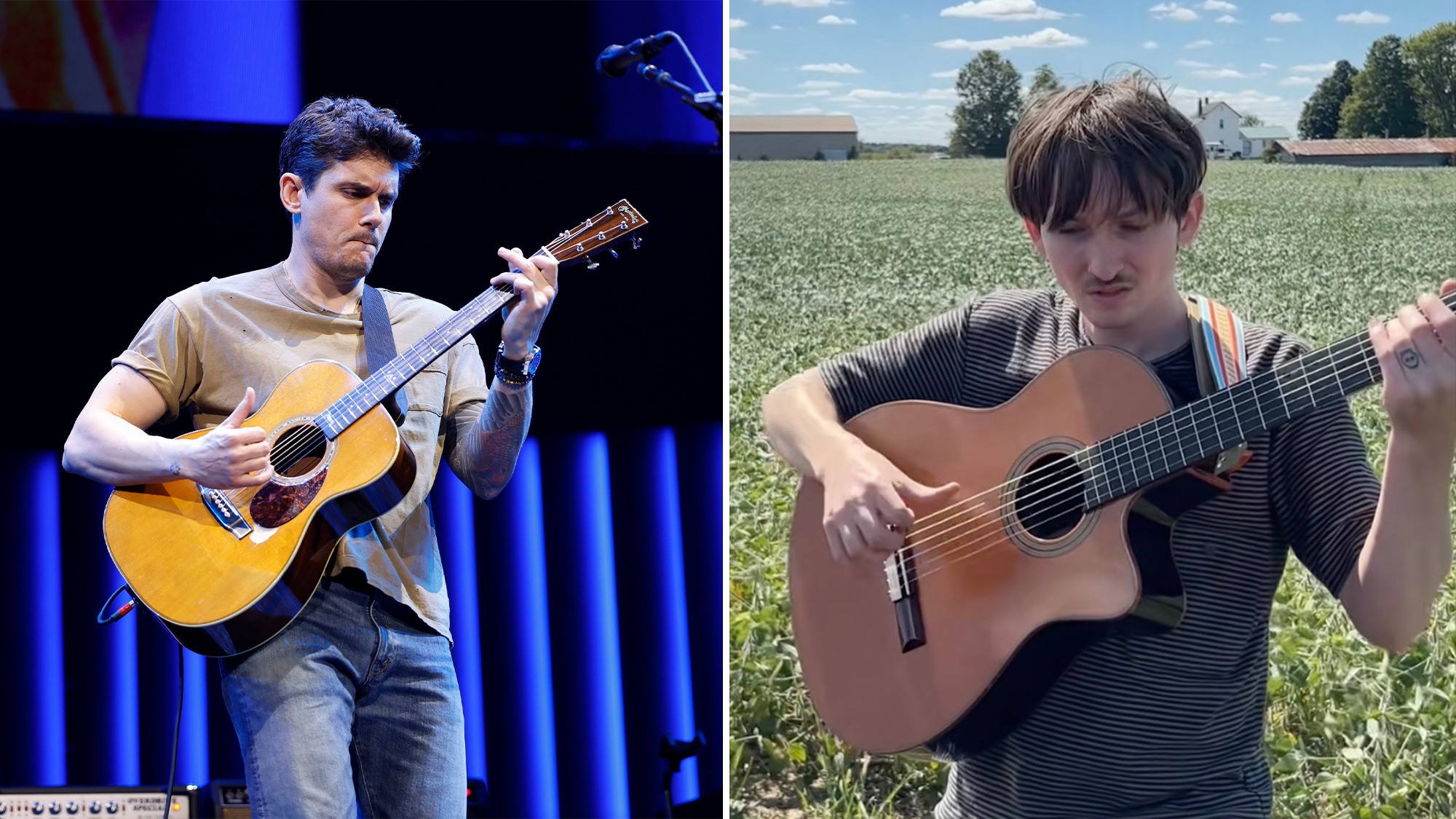“We were getting comfortable being back together – that was part of the reason we went out on the road without a record deal. Another reason was that we couldn’t get a record deal...” Why Aerosmith’s ’80s misfire, Done With Mirrors, was the making of them
After a few weird years with replacement guitarists, the Bad Boys from Boston were back and ready to prove themselves. It did not quite go to plan. We’ll let Joe Perry explain the rest…

Joe Perry and Brad Whitford rejoined Aerosmith in 1984 after being away for four and two years, respectively. Soon after, the Bad Boys from Boston launched their successful Back in the Saddle tour, which spanned the summer of ’84.
“It was a pretty tumultuous decade,” Joe Perry says while looking back on Aerosmith’s mid-’80s reboot. “It always felt like ‘us against them.’ But we really hung together as a band. Nothing was going to break us up, because we [already] went through all the stuff that usually breaks bands up.”
Perry recalls the fans being there for Aerosmith, proving that the now-sober rockers had the juice that made them stalwarts of Seventies rock. This led to Aerosmith hooking up with Geffen Records and making their first record as a reunited force, 1985’s Done with Mirrors.
It would’ve been fun to say that Mirrors was a smash hit loaded with notable songs that topped the charts. It would’ve been cool to say that because of Done with Mirrors, Aerosmith claimed the ’80s as their own, just as they’d done in the ’70s. But that’s not what happened.
Sure, Aerosmith would eventually shine in the ’80s – but not because of Done with Mirrors. The reality is the album basically failed to launch, sported some difficult-to-understand cover art and featured zero chart-topping hits.
It’s really rough and raw, and there are a lot of things about it that reminded me of the first couple of records.
In fact, the sound of this record, which dropped at the onset of the hair- and glam-metal era, was more akin to 1976’s Rocks than anything that Ratt, Poison or Quiet Riot – with whom Aerosmith was competing – were doing in the mid ’80s.
But Mirrors does have its moments. In fact, had it dropped just after Rocks or 1977’s Draw the Line, odds are it would’ve been a hit. What’s more, it’s become something of a cult classic. But in the ’80s, Done with Mirrors left Perry feeling torn. Of course, time – and a string of subsequent world-beating records – heals all wounds. Now, when Perry looks back on the album, it’s with a fresh set of eyes (and ears).
All the latest guitar news, interviews, lessons, reviews, deals and more, direct to your inbox!
“I got a call some years ago about Done with Mirrors being on a list of, I don’t know… top rock records,” Perry says. “I forget what it was. But it was on a list, and people were regarding it as something that reminded them of our first record.
“I started listening to it, and I was really surprised. I saw it from a whole different viewpoint and saw what they were talking about. It’s really rough and raw, and there are a lot of things about it that reminded me of the first couple of records.”
Aerosmith had reunited in ’84 and gone on the road prior to Done with Mirrors.
“We had just gotten back together. We had done a tour and were getting comfortable playing together again. I had left for almost four years, and Brad had been gone, so we were getting comfortable with being together; that was part of the reason we went out on the road without a record deal. Well, [another] one of the reasons was that we couldn’t get a record deal...”
It’s hard to believe you guys couldn’t get a record deal.
“We had burned so many bridges that nobody would sign us. But we wanted to see if we had the old spark. We went out and toured for the Back in the Saddle tour that summer, and the fans showed up for us. That’s it. They were there for us.”
How did that impact the sessions for Mirrors in ’85?
“When we got into the studio to do that record, we were still learning how to write again. After doing records like Rocks, Draw the Line and even the first three records, you would think we’d be able to pick up from there and go on, but the pressure was on. People were looking at us like, ‘Okay, what are you going to come up with?’”
It must have helped that you were working with producer Ted Templeman, who had struck gold with Van Halen earlier in the decade.
“We got to work with Ted, who had an amazing reputation, obviously, with Van Halen, which was incredible. They sounded monstrous, and I guess we were expecting more from him, so we were both kind of nervous. We were nervous to work with him, and he was nervous to work with us, which kind of surprised us.”
How did those nerves impact the sessions?
“I always felt like that record could have been better if we had worked on it some more, or if everybody got in the control room together and said, ‘We kind of feel uptight about working with you,’ but I don’t know… it’s just how it went.”
Aerosmith covered Let the Music Do the Talking, which came off the Joe Perry Project’s first album from 1980. How did you approach that?
“We brought it to a whole ’nother level, I think. I love the way we did it on my first solo record, but having the band play it – you know, Aerosmith! – really put it into fifth gear. And then, the rest of the songs just had a vibe to them.”
Would you do Done with Mirrors over again if you could?
“I still wish I could have maybe polished a few more things and put a couple more overdubs on. All in all, I think it did what it was supposed to do. It kind of showed me what we needed to do for the next one.
“We had to do that record to get to the next step and take ourselves out of the usual way we were writing and recording. After that, we took off up to Vancouver and tried a whole new way of doing things [for Permanent Vacation, Pump and Get a Grip], and even worked with some other songwriters. That started a whole new thing for us.”
And none of that happens without the learning experience of making Done with Mirrors?
“We did three amazing records up in Vancouver. It was a really creative vibe, but anyway, I think we had to get through Done with Mirrors. One of the things we joked about is, like, ‘What did we do wrong?’”

What did you come up with?
“The first thing we did was print everything backward on the label, you know, with the artwork. [Laughs] We made it one step harder for people to figure out what it is. But the band was also at a point where we weren’t using mirrors for horizontal things [cocaine].
“We were using them vertically, the way they should be used… It was kind of a subtle hint that the reason we’re back and able to continue on is because we made a lot of changes in our personal lives.”
It seems your feelings on Done with Mirrors are ambivalent. Do you still relate to the album the way you do Aerosmith’s other records?
“It’s more bits and pieces of each album. There are certain things that strike home with me for the kind of music that I like personally, but if we just stuck to one kind of music, I think we would have been able to do what we did.
“We wouldn’t have had as much balance as we did. We brought different things to the party. I mean, all I wanted to do was turn up and rock. [Laughs] It’s more about the bits and pieces that we all put there for each record to make it what they were.
“A lot of different spices went into the pot, and some records were more fun than others. But as far as musically, or one record, or another, it’s like I said: it’s more bits and pieces of every record, you know?”
- This article first appeared in Guitar World. Subscribe and save.
Andrew Daly is an iced-coffee-addicted, oddball Telecaster-playing, alfredo pasta-loving journalist from Long Island, NY, who, in addition to being a contributing writer for Guitar World, scribes for Bass Player, Guitar Player, Guitarist, and MusicRadar. Andrew has interviewed favorites like Ace Frehley, Johnny Marr, Vito Bratta, Bruce Kulick, Joe Perry, Brad Whitford, Tom Morello, Rich Robinson, and Paul Stanley, while his all-time favorite (rhythm player), Keith Richards, continues to elude him.
You must confirm your public display name before commenting
Please logout and then login again, you will then be prompted to enter your display name.






